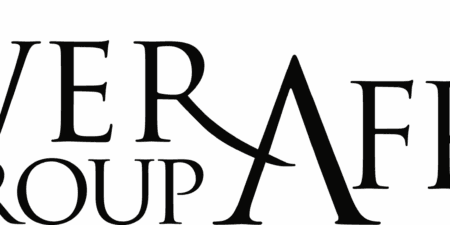The BGA China team wrote an update for clients on the first vice-ministerial U.S.-China diplomatic engagement since President Joe Biden took office, which took place last month in Tianjin. The update spotlighted the background for the interaction and sieved out key insights for companies.
Context
The U.S.-China interaction spotlighted efforts by both sides to kickstart cooperation in spite of lingering challenges. Chinese Vice Foreign Minister Xie Feng met with visiting U.S. Deputy Secretary of State Wendy Sherman in China’s northeastern city of Tianjin on July 25-26, and State Councilor and Foreign Minister Wang Yi also met with Sherman to reflect her status as second in command to Secretary of State Antony Blinken.
The meetings occurred in a context where both sides are focused on resetting the rules of engagement even as a laundry list of potential pitfalls continues to grow. While tensions remain, both sides do recognize the importance of establishing functional and regular exchanges after years of irregular diplomacy. Chinese leaders know the Biden administration will continue with a hard line but is willing to work together.
Significance
Xie is actually an old friend of the U.S. business community in Beijing and described as a very calm person, despite media reports that he took a hard and critical line with the United States on a range of issues from trade to human rights. Xie’s description of bilateral relations as in a “stalemate” reflects his deep frustration.
The Tianjin meeting saw two concrete achievements. First, China made specific, detailed demands of the United States as a basis for improving ties, including revoking sanctions on Communist Party officials, lifting visa bans for students, making life easier for state-affiliated journalists and reopening the door for Confucius Institutes. Second, the two sides reached a consensus that normal dialogue is necessary to manage differences and improve ties.
Implications
In the upcoming months, there will be many opportunities for the bilateral relationship to deteriorate further. Over the next month, the Biden administration will release the results of a 90-day reexamination of Covid-19 origins and the U.S. House of Representatives could vote on the Uyghur Forced Labor Prevention Act, either of which could trigger a high-level diplomatic crisis. The diplomatic teams will need to exercise strong crisis management and real-time dialogue if there is any hope for the leaders to meet on the sidelines of the Group of 20 (G-20) in Rome this October.
Other changes in the relationship should be monitored closely to assess the trajectory of ties. For instance, as the U.S.-China Tianjin meeting came to close, China’s new ambassador to the United States Qin Gang arrived in Washington to assume his new post, which could be a channel for both sides to recalibrate collaboration on some aspects. More broadly, both sides are likely to continue to aim for constructive dialogue while accepting “talking with fighting” as the new normal and recognizing that rebuilding bilateral crisis management capacity is key.
BGA will continue to keep you updated on developments in China as they occur. If you have any comments or questions, please contact BGA China Advisor Eric Wang at ewang@bowergroupasia.com.

Advisor
Eric has over two decades’ experience in government affairs and public relations and currently serves as firm partner and managing director of Yuan Associates. He has worked with more than 80 clients in manufacturing, agriculture and food, consumer goods and service industries. Eric joined Yuan Associates in 2005 and become a partner and managing director in 2011. As managing director, he is responsible for comprehensive government affairs service for and management of clients. As a partner his responsibilities include overseeing the firm’s daily overall operations. Prior to joining Yuan Associates, Eric worked as an account manager for Euan Barty Associates ...
Read More

























